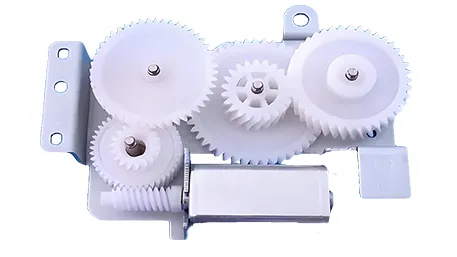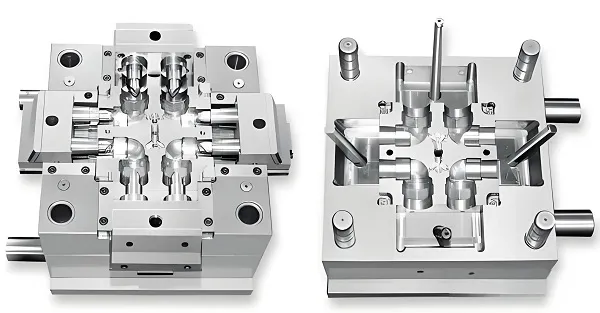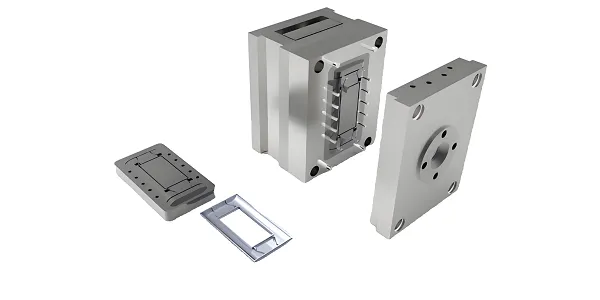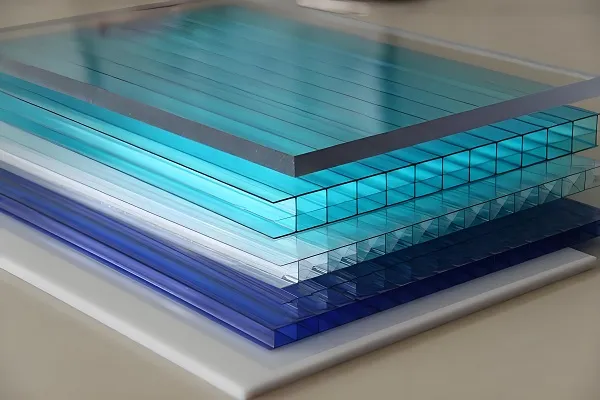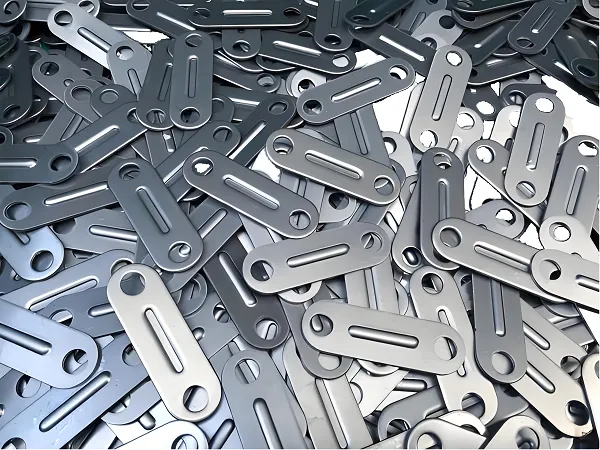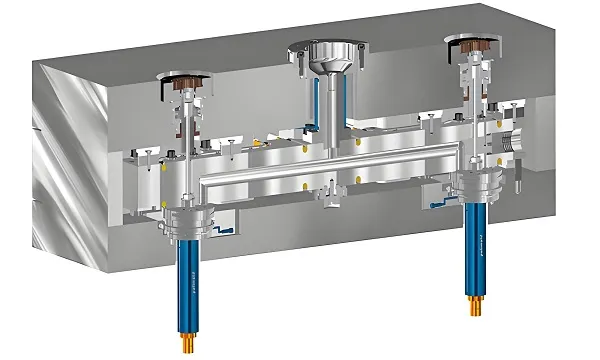In modern manufacturing, CNC milling aluminum (CNC Mill Aluminum) is a crucial processing technology that is widely used in numerous fields such as aerospace, automotive, electronics, and many others. Due to its good electrical conductivity, thermal conductivity, light weight, and machinability, aluminum has become the preferred material for many components. However, to achieve high-quality and high-efficiency CNC milling of aluminum parts, it is necessary to master a series of key processes and techniques.
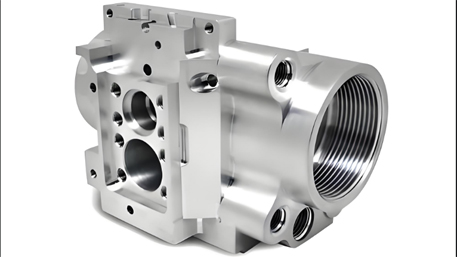
I. Characteristics of Aluminum Materials
Firstly, understanding the characteristics of aluminum is crucial for successful CNC milling. Aluminum has a relatively low melting point and thermal conductivity, which means that a large amount of heat is generated during the processing and is not easily dissipated. In addition, aluminum has high viscosity and is prone to adhering to the cutting tool, affecting the processing quality and tool life.
II. Tool Selection
Tool Material: For milling aluminum, carbide tools are usually selected. Among them, coated tools such as TiAlN (titanium aluminum nitride) coating can provide better wear resistance and anti-adhesion properties.
Tool Geometry: A sharp cutting edge helps reduce cutting force and heat generation. Usually, a larger rake angle (15° – 20°) and a smaller relief angle (8° – 12°) can improve cutting performance.
Tool Diameter: Select the appropriate tool diameter based on the size and precision requirements of the processing features. Small-diameter tools are suitable for fine processing, while large-diameter tools are used for rough processing and efficient material removal.
III. Optimization of Cutting Parameters
Cutting Speed: Generally, the cutting speed for aluminum can be relatively high, usually between 800 – 2000 m/min, but the specific value depends on the tool material, machine performance, and processing requirements.
Feed Rate: Depends on the cutting depth, tool diameter, and material removal rate requirements. Usually, the feed per tooth is between 0.05 – 0.25 mm.
Cutting Depth: During rough processing, the cutting depth can be relatively large, up to 3 – 5 mm; while in finish processing, it should be controlled within 0.5 – 1 mm to ensure surface quality.
IV. Cooling and Lubrication
Effective cooling and lubrication are crucial for milling aluminum. Water-soluble cutting fluid can effectively reduce the cutting temperature, reduce tool wear and adhesion, and improve the surface quality. At the same time, the use of a high-pressure cooling system can better flush the chips away from the cutting area, preventing chip accumulation and scratching of the machined surface.
V. Clamping Method
When clamping aluminum parts, it is necessary to avoid excessive clamping that causes workpiece deformation. Use appropriate fixtures and supports to ensure the stability of the workpiece during processing and reduce vibration.
VI. Programming Strategy
Adopt Layered Cutting: During rough processing, gradually remove the material through layered cutting to reduce the concentration of cutting force and heat.
Optimize Tool Path: Avoid the tool staying at the same position for too long to prevent local overheating and degradation of surface quality.
Consider Up Milling and Down Milling: Generally, up milling has a better effect on aluminum processing, but in some cases, down milling may also be necessary, depending on the processing requirements and machine characteristics.
VII. Quality Inspection and Control
After processing, use equipment such as coordinate measuring machines (CMM), roughness testers, etc. to inspect the dimensional accuracy, shape accuracy, and surface roughness of the aluminum parts. Through the analysis of the inspection results, timely adjust the processing parameters to ensure the quality stability of subsequent processing.
In conclusion, CNC milling aluminum requires comprehensive consideration of multiple factors such as material characteristics, tool selection, cutting parameters, cooling and lubrication, clamping method, and programming strategy. Through continuous practice and optimization, high-quality and high-efficiency processing of aluminum parts can be achieved to meet the needs of various industrial applications.

